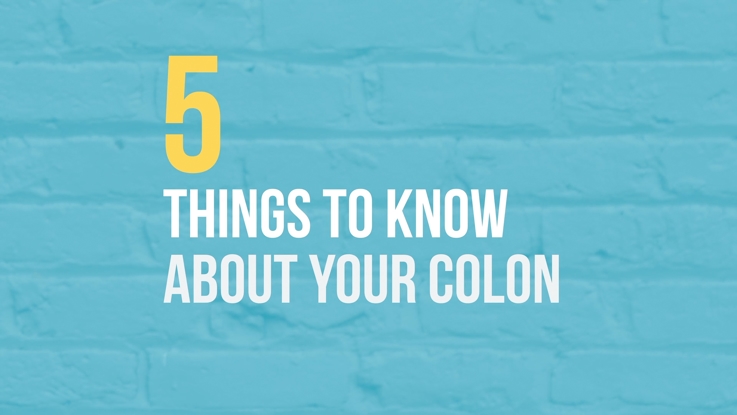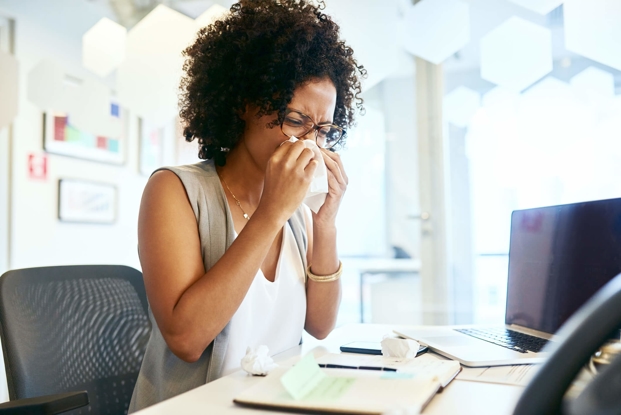In case of an emergency...be ready for anything
- Category: Living Well, Emergency
- Posted On:
- Written By: Stephanie E. Losq-Sarkar, MD

You may not want to think about it, but wherever you live you could someday face the wrath of nature—or man.
You shouldn't duck this subject until you're dealing with the threat or the aftermath of a hurricane, tornado, earthquake, flood, fire, avalanche, or even a terrorist attack. In the hurried confusion, you're likely to miss important items as you prepare your home or leave to seek shelter.
Experts at the American Red Cross and the Federal Emergency Management Agency say planning is the key.
Although disasters differ, your first defense is a disaster supply kit in an easily accessible place. You can store the kit in a footlocker or other sturdy container, and keep a smaller kit in your vehicle, advises the Red Cross.
Scope out your area
Think about where you live and how you would leave, both from your home and on the roads around it. Pay attention to whether you're near a nuclear power plant, refinery, manufacturing plant, lake, river, dam, forest, or mountain. Be aware of the threats in your area.
Know where to go in an emergency. This might be a shelter or a close friend or relative's home. Set up a place to meet in case the family gets separated.
One item many people don't think about is cash. Although many Americans rely on bank cards or credit cards to make purchases, if phone lines are down in an emergency, the cards will be useless. The ARC advises having enough cash to last for a few days.
Experts suggest you keep a set of important family documents in your disaster supply kit unless you have them in a safe deposit box. Have an extra set of car keys handy.
Pet planning
Don't forget to include planning for evacuation of your pets. Red Cross disaster shelters don't allow pets, and neither do many hotels. Call your local humane society or other animal rescue organization and find out what disaster plans exist for pets and animals. Pick out at least two kennels along an evacuation route or in different areas of your town. If you plan to travel to a place where you can have a pet, take enough food and water for your pet. Be sure your pet has a leash, collar, and tags that show vaccinations.
Kit details
Here's a list of other items for your kit:
- A small tool kit that contains a pair of pliers or other tools needed to shut off a home's gas and water, plus a multipurpose penknife. Know how to turn off gas and water to the house, and how to turn off electricity at the main switch.
- A roll of duct tape.
- Prescription drugs to last up to a week. Replace them periodically to ensure potency.
- A first aid kit with basic over-the-counter drugs, like ibuprofen.
- A three-day supply of clean water—a gallon per person per day—stored in nonbreakable containers.
- A three-day supply of food. Canned vegetables and fruit, packaged crackers, granola bars, and other dry foods are best. You may need extra water if the dried foods (such as soups) need to be mixed with water. Don’t forget food and water for pets.
- An extra pair of eyeglasses.
- A mechanically powered diode flashlight (never requires batteries), candle, mechanically powered portable radio, and extra batteries for any battery-powered equipment sealed in a plastic bag to keep them dry. Consider a small solar cell panel to recharge batteries and power small electronic devices. These can be stored indefinitely and work when there is sufficient sunlight.
- Two-way walkie-talkies or CB radio.
- Matches in a waterproof container.
- Heavy-duty gloves.
- Sleeping bags or blankets.
- A few personal hygiene items.
How will your home weather the weather?
Look at your home's structural integrity before a storm so you will be able to detect any new damage. In a hurricane, earthquake, or another disaster, your home's structural soundness may be the thing that keeps you and your family safe.
Although most people think of damage from a disaster as a roof that has blown off a home, the biggest problem is the side-to-side motion of the frame, according to the Institute for Business and Home Safety, a research and communication group that aims to reduce natural disasters' impact.
Strong winds, shaking from an earthquake, and other forces, will find the weakest link in your home.
The Institute's advice: After the storm or disaster, inspect your home for new cracks in the drywall, which might indicate shifting. Not all cracks mean a serious problem, though, so if you're not sure, consult a professional. Doors and windows that stick for no obvious reason, such as a loose hinge, also might hint of a problem.
For more information, visit the Federal Emergency Management Agency website.
 Dr. Stephanie Losq-Sarkar specializes in Family Medicine at Touro. After earning her medical degree from Tulane University School of Medicine in New Orleans, Louisiana, Dr. Losq-Sarkar completed residency at Cone Health in Greensboro, North Carolina. Dr. Losq-Sarkar chose to practice Family Medicine because it allows her to treat the patient as a whole person.
Dr. Stephanie Losq-Sarkar specializes in Family Medicine at Touro. After earning her medical degree from Tulane University School of Medicine in New Orleans, Louisiana, Dr. Losq-Sarkar completed residency at Cone Health in Greensboro, North Carolina. Dr. Losq-Sarkar chose to practice Family Medicine because it allows her to treat the patient as a whole person.
A little something extra about Dr. Losq-Sarkar: “I enjoy making a good quiche.”


